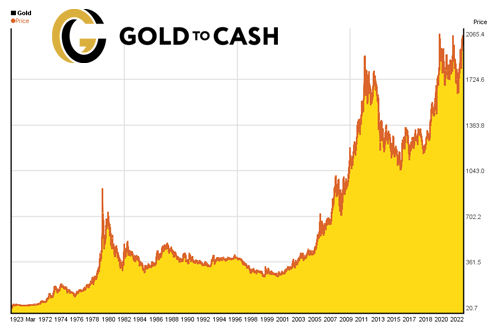
The gold market price serves as a key indicator for investors, jewelry enthusiasts, and individuals interested in buying or selling gold. It reflects the value of this precious metal and is influenced by a myriad of factors. In this article, we delve into the world of gold market prices, exploring the factors that drive its fluctuations, current trends, and the implications for various stakeholders.
Supply and Demand Dynamics
Supply and demand play a significant role in determining the gold market price. Gold is a finite resource, and its extraction is subject to various factors such as mining production, geopolitical tensions, and economic stability. Increased demand for gold, driven by factors like investor sentiment, central bank purchases, and jewelry consumption, can push prices higher. Conversely, if the supply exceeds demand, it can lead to price declines. Understanding these supply and demand dynamics is essential for predicting price movements in the gold market.
Economic Factors
Economic conditions have a profound impact on the gold market price. Gold is often considered a safe-haven asset, sought by investors during times of economic uncertainty or market volatility. Factors like inflation, interest rates, currency fluctuations, and geopolitical events can influence the demand for gold as a hedge against these uncertainties. When economic indicators suggest potential risks or instability, investors may flock to gold, driving its price higher. Monitoring economic indicators and market sentiment is crucial for assessing the impact of economic factors on gold prices.
Investor Sentiment and Market Speculation
Investor sentiment and market speculation can significantly influence the gold market price. As gold is traded on various financial markets, including futures and exchange-traded funds (ETFs), it is susceptible to speculative trading and short-term price volatility. Investor sentiment, influenced by factors such as macroeconomic trends, political developments, and market sentiment, can drive short-term fluctuations in gold prices. Speculators often engage in trading activities that aim to profit from these price movements. Understanding investor behavior and market speculation is important for interpreting short-term fluctuations and identifying long-term trends in the gold market.
Global Events and Geopolitical Risks
Geopolitical events and risks can have a significant impact on the gold market price. Political tensions, conflicts, trade disputes, and natural disasters can create uncertainties in global markets and trigger a flight to safety. During such periods, investors seek refuge in gold as a store of value, leading to increased demand and higher prices. News of geopolitical developments, such as policy changes, international relations, or major events, can drive market sentiment and influence gold prices. Monitoring global events and geopolitical risks is crucial for understanding their potential impact on the gold market.
The gold market price is influenced by a multitude of factors, including supply and demand dynamics, economic conditions, investor sentiment, and global events. Keeping track of these factors and their implications is vital for individuals and businesses involved in gold trading, investing, or jewelry purchasing. By understanding the dynamics behind gold prices, stakeholders can make informed decisions and navigate the intricacies of the gold market effectively.